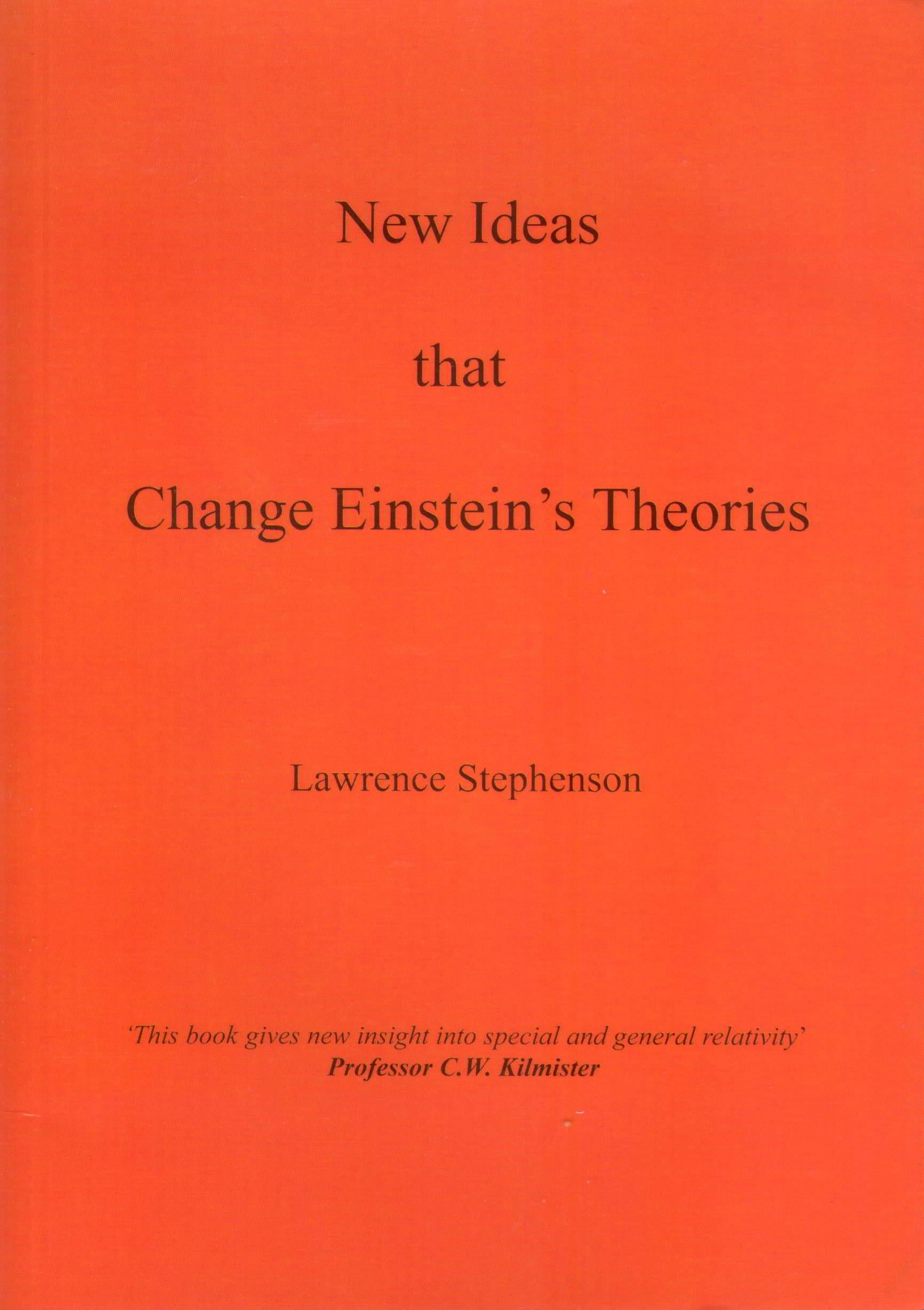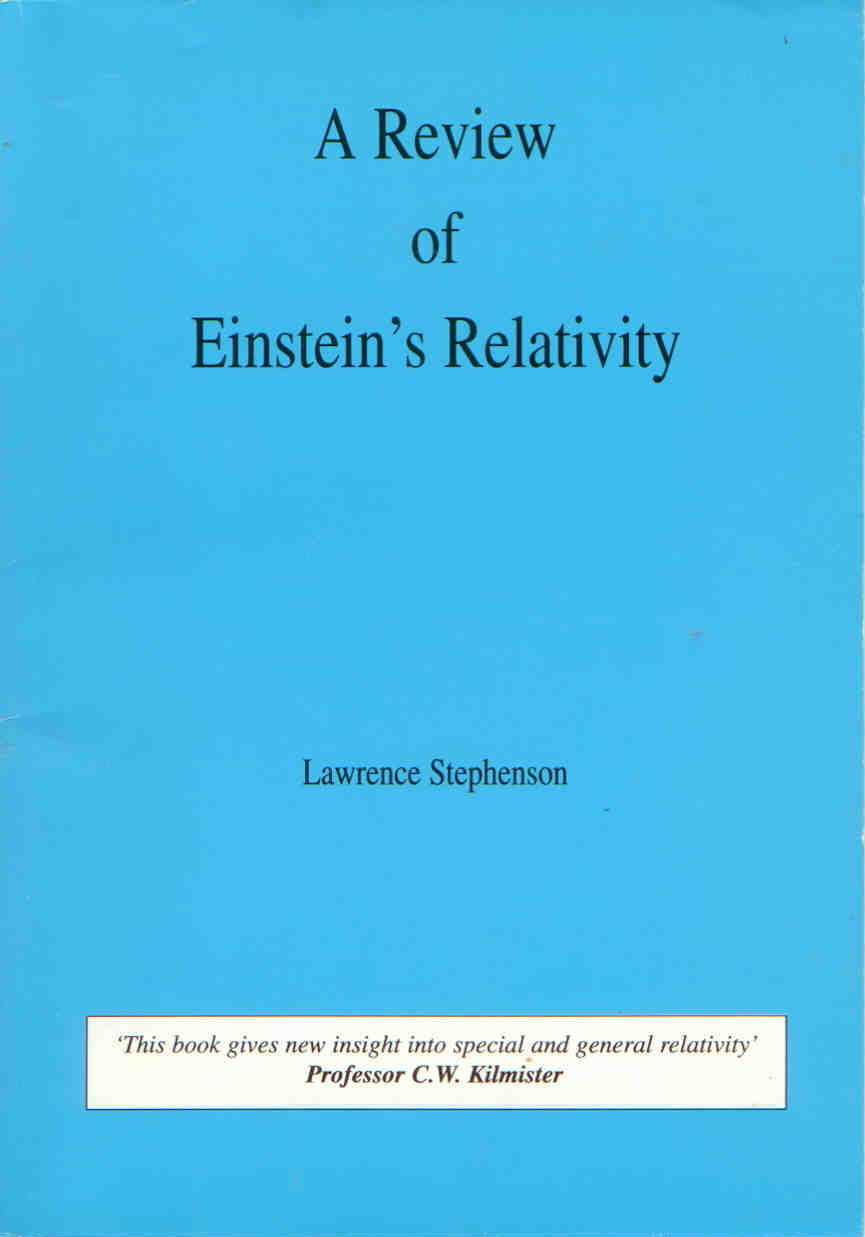
View count: 1
Pages: 96
Publisher: Bucke Academic Publications
Year: 2009
ISBN: 978-952282327
With the help of two of the most eminent authorities on relativity theory and electromagnetic theory, the author has incorporated the advanced potential solution into special relativity theory. The interpretation of the mathematics then agrees with common sense.
Quantum theory predicts that the act of observation changes the velocity of a light signal when it arrives at any material detector. The first few photons to arrive correspond to a precursor transient which establishes the new steady-state electromagnetic "near" fields surrounding the detector. The advanced potential solution then predicts that the observed arrival velocity of the light wave must be equal to c relative to the detector.
Clocks really do go slow, and a twin will age more slowly, when traveling at speeds close to the speed of light. But a simple deduction from Maxwell's equations indicates that the clock's speed should always be measured relative to the background provided by the distant stars. There is then no clock or twin paradox.
Einstein suggested two ways of extending general relativity using Mach's Principle. One of his approaches, which has been overlooked, may predict the particular value of the gravitational constant G we observe.
Pages: 80
Publisher: Bucke Academic Publications
Year: 1993
ISBN: 0952282305
ISBN: 978-0952282303
Websites: theoryofeverything.co.uk
In A Review of Einstein's Relativity, Dr. Lawrence Stephenson shows that the equations of special and general reletivity can be derived without two unnecessary assumptions made by Einstein, the first explicit, the second implicit:
- "Light is always propagated in empty space with a definite velocity c which is independent of the state of motion of the emitting body."
- The transit time from emitter to receiver is exactly half the total round trip time back to emitter.
Instead Stephenson notices that "the observed velocity of light has always been found to have a definite value relative to the detector which is used for measurement." The understanding of relativity presented in this book is actually more consistent with Mach's principle, Einstein's inspiration, than Einstein's conception, yet without the distortion of time and space seemingly demanded by Einstein's work.
The reader gains three useful results:
- A readily understood visual picture of both the special and general relativity theories.
- An original way of understanding the "anomalies" of relativity.
- A model of gravity consistent with Mach's principle.
Short and to the point, this book addresses the questions of motion and optics at a fundamental level, understandable to the novice, yet challenging to the expert. Highly recommended.


